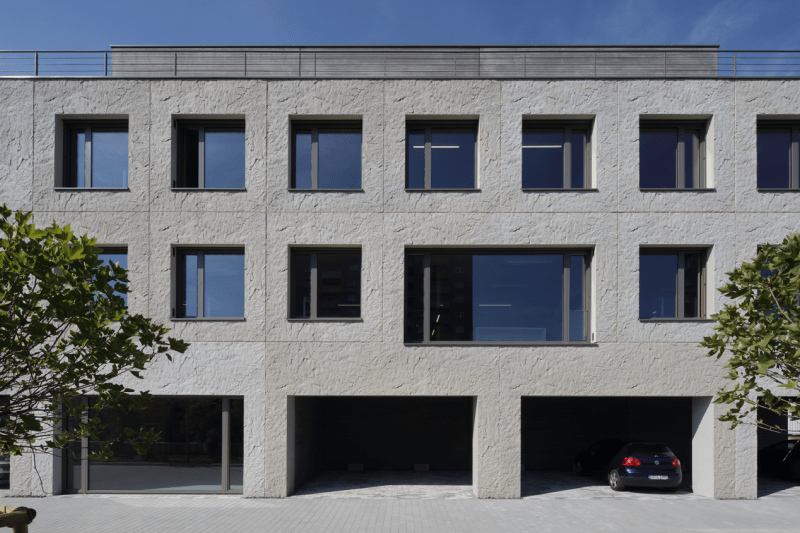Cooling
Hot days and tropical nights are increasing noticeably. The increasing demand for cooling requires climate-friendly, future-proof and sustainable construction and renovation with measures to reduce cooling requirements in order to keep buildings comfortable in summer too.
The energy demand for air conditioning systems is rising and rising. With climate change, the demand for cooling energy in buildings is also increasing. This is true both at city and district level, as well as on and in buildings. The development and use of passive cooling measures as well as innovative cooling technologies in turn offer market opportunities and development possibilities for the construction industry - sustainable future markets are opening up!
Cooling is a process in which heat or thermal energy is extracted from a system or object. In technology, cooling refers to all measures that serve to dissipate the heat lost from technical components to the environment.
The importance of cooling in the construction industry lies in ensuring a pleasant and healthy indoor climate in buildings, especially in times of high outside temperatures. There are various ways to cool buildings in summer. One option is passive building cooling, which uses innovative technologies and design strategies to regulate temperatures naturally while minimizing energy consumption. Another option is the use of structural measures such as external sun protection, intensive night ventilation, smaller window areas, solid walls and ceilings with component activation and as few, efficient electrical appliances as possible.
Overall, cooling plays a crucial role in creating buildings that meet the needs of the occupants. Adequate cooling is not only an aspect of comfort, but can also have a significant impact on the quality of life, productivity and energy efficiency of buildings.

